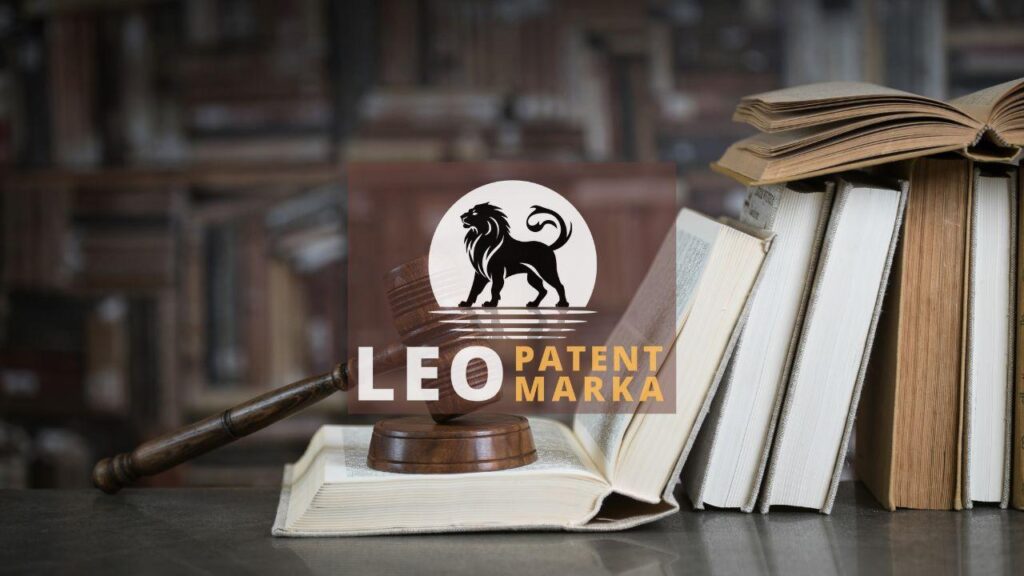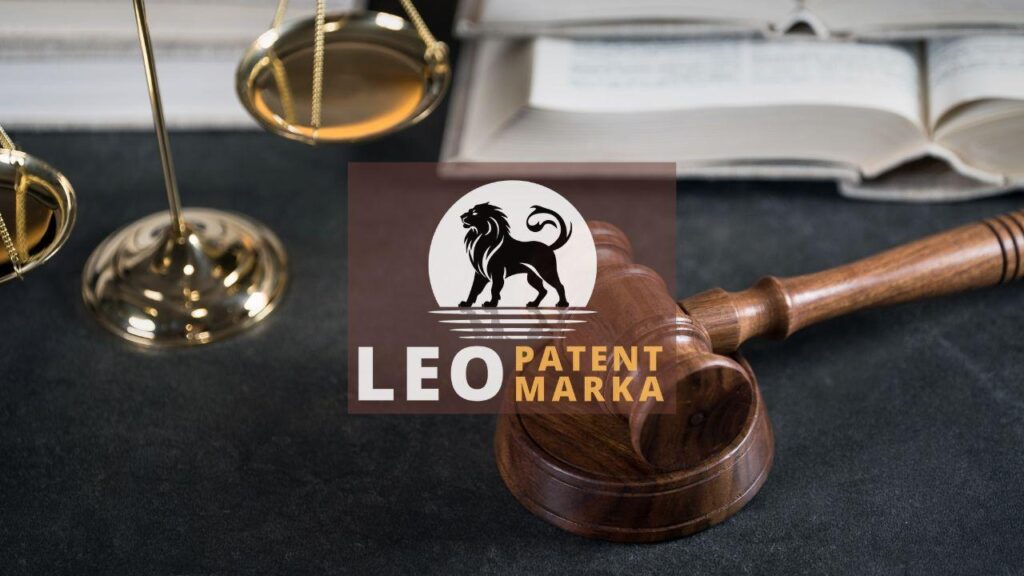Navigating the landscape of IP contracts doesn’t have to feel like venturing into uncharted territory. A well-drafted IP agreement is crucial for safeguarding your creations and ensuring your business thrives in competitive markets. When you think of intellectual property contracts, envision a sturdy shield that protects your valuable ideas against potential disputes or misunderstandings. Dive into our no-nonsense legal contract guide, which simplifies the complexities of business contract drafting with clear steps and practical examples. Whether you’re a seasoned entrepreneur or just stepping foot into the world of intellectual property, this guide is designed to provide clarity and empower you with knowledge. By meticulously crafting your IP agreements, you’re not just safeguarding assets—you’re laying a solid foundation for future innovation and success. So, buckle down and let’s master the art of drafting IP contracts with precision and confidence, turning a daunting task into a manageable, even enlightening, endeavor.
Essential Components of IP Contracts
In the bustling world of business, understanding the essential components of IP contracts is critical. Think of these contracts as the blueprint that defines ownership and usage rights. At their core, IP contracts draw the boundaries, specifying who can use what—and how. It’s important for IP contracts to clearly outline the scope of rights, duration, and financial arrangements involved. Consider this your first line of defense against potential pitfalls. By focusing on these key elements, every business gains both protection and clarity. If drafting IP agreements feels like translating a foreign language, you’re not alone. This legal contract guide breaks down the jargon, guiding you step-by-step. When you prioritize business contract drafting, you lay the groundwork for your intellectual property contracts, ensuring that every venture stands on solid ground. This practical approach transforms complexity into peace of mind.
Let’s dive into the essentials of IP contracts, ensuring you know what makes them tick. Stitched into every successful IP agreement are vital components like an assignment clause, which transfers ownership, and a confidentiality agreement that protects sensitive information. Imagine these elements as the gears and cogs keeping your intellectual property contracts functioning smoothly. Then there are the indemnity clauses—a safety net against legal disputes—that are crucial in the drafting process. Also, consider warranties that guarantee authenticity and compliance with regulations, acting as a seal of trust and reliability. Our legal contract guide emphasizes clarity: each section should be precise, leaving no room for ambiguity. Business contract drafting is an art of detail, where even the smallest misstep can lead to costly errors. By mastering these elements in drafting IP agreements, you ensure your enterprise is not only protected but also poised for long-term success.
To craft robust and effective IP contracts, understanding the core components is paramount. First, focus on clear definitions—what exactly is being protected, and how? This sets the stage for drafting IP agreements that leave no room for misinterpretation. A meticulous approach to describing responsibilities and rights ensures that intellectual property contracts are watertight. Think of an infringement clause as your paper shield, blocking unauthorized uses. Then, there’s the importance of dispute resolution methods within your business contract drafting. A preemptively defined path for resolving disagreements can be the difference between an amicable solution and a drawn-out legal battle. Additionally, ensure that your legal contract guide includes provisions for contract termination. This offers flexibility and foresight, akin to an escape hatch in a speeding train. By integrating these elements, your IP contracts extend beyond mere documents—they transform into strategic tools for safeguarding innovation.
Common Pitfalls to Avoid in Drafting
Sure, let’s cut to the chase—drafting IP agreements is no piece of cake. Mistakes here can cost you dearly, much like a leaky roof in a storm. One common pitfall is vague language. Imagine trying to build a sandcastle with dry sand—it just doesn’t hold. Without clear terms, your intellectual property contracts won’t stand firm against challenges. Next up, the oversight of jurisdiction. Think of it as picking the wrong map for a road trip; it’s a surefire way to get lost in legal chaos. Also, don’t overlook confidentiality clauses. It’s like leaving the vault door open and wondering why the gold’s gone. Our legal contract guide emphasizes these and more to ensure your business contract drafting fortifies your assets, not leaves them exposed. By spotlighting and sidestepping these blunders, you’re setting the stage for rock-solid IP contracts.
Overlooking the scope of rights in IP contracts can unravel like a loose thread in a sweater. This oversight is akin to leaving your front door open—a clear invitation for unwanted issues. For instance, unclear rights can lead to conflicts down the road, muddling ownership and usage. Deciphering the correct timeline for these rights is just as crucial. Wrong timelines are like setting an alarm for the wrong hour; you might wake up to a headache. And let’s not sugarcoat it—improperly addressed renewals in drafting IP agreements are a ticking clock setting you up for expiration woes. A legal contract guide highlights the importance of clear renewal terms to protect your interests precisely when time’s up. Last but not least, insufficient dispute resolution terms are the legal equivalent of not packing a first-aid kit for an adventure; when trouble strikes, you’re defenseless. Nip these common errors in the bud, and your business contract drafting transforms into a powerful asset.
A common slip-up in IP contracts is the omission of specific indemnity clauses. It’s like forgetting an umbrella during a torrential downpour—suddenly, you’re drenched in liabilities. Indemnity clauses are your business contract drafting lifeline, offering protection against unforeseen claims. Suppose your intellectual property faces infringement allegations; without a proper indemnity, you could find yourself navigating choppy legal waters alone. Then there’s the lack of precise licensing terms. Imagine giving someone the keys to your house without specifying which rooms they can enter—it’s an open invitation for misuse. Our legal contract guide stresses the importance of well-defined licensing to prevent potential conflicts. Furthermore, failing to address intellectual property ownership transitions is akin to riding a bicycle with no brakes. If your company undergoes changes, unclear ownership can leave it careening out of control. Avoiding these pitfalls ensures your IP agreements are as robust as steel, safeguarding your creations seamlessly.
Best Practices for Ensuring IP Protection
In the intricate dance of business, securing intellectual property is like fortifying your castle walls against invaders. Clarity is key when crafting intellectual property contracts. Begin with precise definitions: what exactly are the ideas or inventions you need to shield? This clarity minimizes room for interpretation, blocking clever loopholes that could lead to conflict later. Use straightforward language in your legal contract guide to spell out each party’s rights and obligations, leaving no room for ambiguity. Regularly review and update contracts, acknowledging that the world of IP is dynamic and ever-evolving. By following these best practices in drafting IP agreements, you’re not just ticking boxes but actively safeguarding your creations. In a fast-paced business environment, a robust IP contract can be your strongest ally, ensuring that your innovations don’t just survive but thrive.
In the world of intellectual property contracts, ensuring robust protection is more than just a precaution—it’s a necessity. Start with thorough research on your specific industry needs; after all, no two IP contracts should look the same. Customize each agreement to reflect the specific ideas or innovations you’re guarding. Pay close attention to confidentiality clauses to prevent leaks of sensitive information. Drafting IP agreements requires vigilance, particularly regarding who gets access to certain data. Monitoring and compliance are equally crucial. A proactive stance—regular audits and oversight—ensures that all parties adhere to the agreed terms, a step often overlooked in business contract drafting. By adopting these best practices and keeping your contracts dynamic and responsive, you not only protect your innovations but also maintain an agile, future-proof stance. A well-tended IP contract is like a well-oiled machine—efficient, reliable, and ready to handle any challenge.
When devising a strategy for safeguarding intellectual property, remember that prevention is superior to remedy. Integrate stringent evaluation processes into your IP contracts to vet any potential risks before they surface. This not only allows you to spot vulnerabilities but also lets you tailor your agreements for maximum protection. Transparency is your ally—ensure regular communication between parties to align on expectations and foresee potential disputes. Leverage technology with secure databases and encrypted communication to keep sensitive information airtight. Your legal contract guide should outline these protocols clearly, minimizing chances for data infringement. In business contract drafting, remember that adaptability is key, with regular updates and flexible terms being crucial. By embedding these best practices in your drafting IP agreements, you not only shield your intellectual property effectively but also foster an environment where your innovations can flourish without fear, much like a gardener nurturing a seedling into a robust, thriving plant.
Disclaimer: This article is for general information purposes only and it is recommended that you consult experts and companies in that field to evaluate your specific situation. We are not responsible for any damage that may arise from the use of the information in this article.







